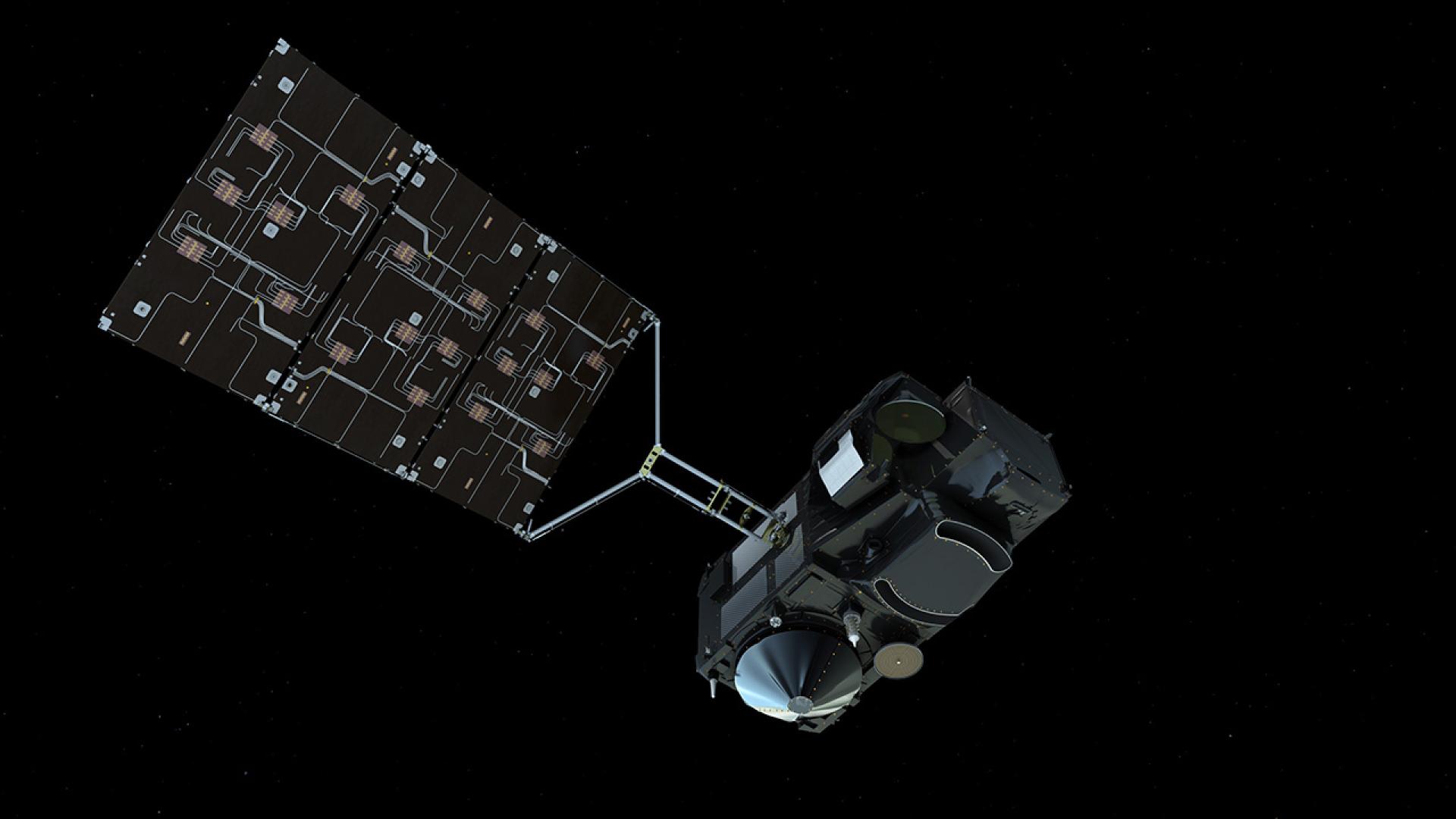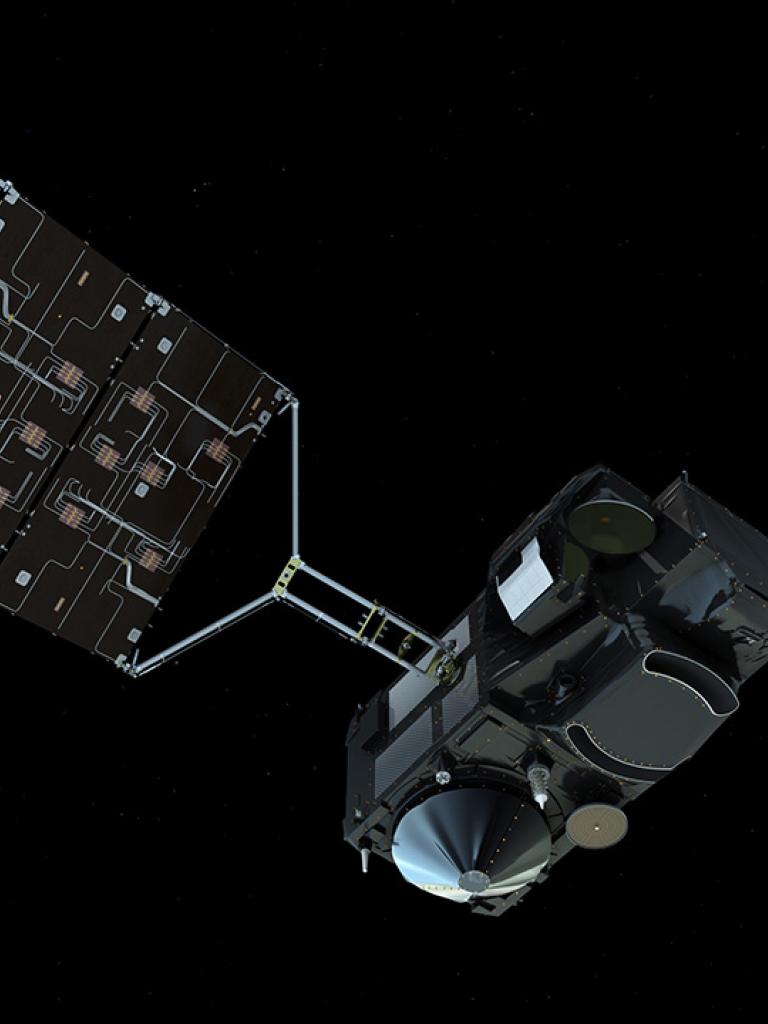16 February 2023
08 June 2020
Long-term observations of trends in Sea Surface Height (SSH), as well as Total Column Water Vapour (TCWV), are critical for understanding the impacts and risks of climate change. In particular, changes in SSH are of major societal importance globally, as well as regionally. The Global Climate Observing System (GCOS) has identified both SSH and TCWV as essential climate variables (ECVs).
Atmospheric water vapour increases the refraction index of air, leading to a reduction in the speed of light as compared to dry air. The accuracy of SSH estimates from radar altimetry, therefore, depends strongly on the so-called 'wet tropospheric correction' (WTC), aimed at eliminating the temporally and spatially varying impact of the atmospheric water vapour on SSH retrievals. In fact, the spatial and temporal variability of water vapour is such that an instantaneous estimation of its impact is needed to meet the SSH accuracy requirements. Consequently, the primary role of the nadir-looking Microwave Radiometer (MWR), of the Copernicus Sentinel-3 altimetry missions, is to provide the necessary water vapour observations.
In addition to WTC, TCWV is a highly important climate variable in its own right. The atmospheric water vapour feedback is believed to be the strongest feedback mechanism in climate change, approximately doubling the direct warming impact of increased CO2 forcing [Cess et al., 1990; Forster et al., 2007].
In the frame of the AMTROC study, a novel 1DVAR-based method to derive TCWV and WTC, together with their respective uncertainties over the ice-free global ocean, initially applied to observations from the MWR instruments onboard ERS-1/2 and Envisat [Bennartz et al., 2017], has been adapted to the almost identical MWR instruments flown onboard the Sentinel-3 series of satellites.
Objectives
The overall objective of this study was to contribute to enhancing the scientific quality of the Level 2 TCWV and WTC products to be derived from observations by the Microwave Radiometer (MWR) instruments onboard the Sentinel-3 series of satellites.
Overview
The AMTROC activities have been carried out in several phases:
Phase (2019-2020)
- Adaptation and implementation of the existing retrieval method to the specifics of Sentinel-3
- Application of the newly implemented processing chain to ten months of Sentinel-3A observations (June 2016 to April 2017)
- Initial evaluation of the retrieval performance of TCWV and WTC against other satellite-based climatologies and reanalysis.

Figure 1: TCWV climatology (monthly means for 3°×3° areas), covering the period 06/2016 to 04/2017, derived from the MWR instruments.
Phase (2021-2022)
- Further improvements of L1B data pre-processing (bias correction) as well as 1DVAR parameter retrieval schemes.
- Application of the improved retrieval to the entire MWR time series for both Sentinel-3A and -3B from their respective operational starting dates (S-3A: 03/2016, S-3B: 05/2018) to early April 2021.
- Comparison of the retrieved TCWV and WTC values against operational (S3 operational retrievals, ERA-5) as well as experimental (AIRWAVE, GPD+) products.
Phase (started 12/2022:)
- Optimisation of the 1D-VAR retrieval scheme for use in EMETSAT’s operational environment by relaxing the need for NWP input.
- Adaptation and assessment of the 1DVAR retrieval scheme for Jason 3 (3 LF channels) and Sentinel-6 (3 LF + 3HF channels).
- Analysis of the potential synergies to be obtained from observations of the MWR and SLSTR instruments concomitantly operated onboard the Sentinel-3 series of satellites.



